Quarterly Sales Reports? The Last Half of March Is Where the Action's At

We’ll have a full tally of first-quarter U.S. auto sales for you tomorrow, but the expected declines in volume have far more to do with what happened in the past two weeks than anything afflicting individual companies in the months prior. If your gig is industry analysis, things have never been wilder.
Analysts at J.D. Power had their hands full tabulating exactly what happens when 265 million Americans are suddenly told not to leave their homes.
The health crisis the country finds itself in has industry watchers chopping sales predictions like a deranged barber. After initially projecting 16.8 million total new vehicles sales in 2020, J.D. Power now sees the industry unloading just 12.1 to 14.8 million vehicles — a volume loss of 10 to 30 percent.
Anything can happen in the coming months, but let’s take a look at what’s become arguably the most tumultuous month in industry history. Through March 29th, U.S. retail sales fell 33 percent below the pre-coronavirus forecast.
“The pace of decline, on a daily basis, has been accelerating throughout the month,” said Tyson Jominy, J.D. Power’s vice president of automotive data and analytics consulting, during a Wednesday webinar. “We had a small drop at the beginning, followed by a 15-percent decline two weeks ago, a 36-percent decline in the previous week, and now, this past week, a 61-percent decline in retail sales.”
Jominy added that the exit rate of sales “was down 66 percent on Saturday, before falling 82 percent for Sunday.”
By Wednesday night, some 39 states will have some form of stay-at-home order in effect to combat the growing COVID-19 pandemic. Depending on where you live, it might be impossible (or almost impossible) to purchase a car, or business might be humming along almost like normal. Dealers in states with bans on digital sales models find themselves in an even tougher spot. Obviously, the hardest hit markets showed the biggest drops for the months; among them, New York City and Detroit, where sales dropped nearly 100 percent after the fast-spreading virus forced both cities to issue stay-at-home orders.
Still, some markets — and segments — showed resilience in March, with cities like Dallas, Houston, Phoenix, Tampa, Orlando, and Minneapolis bucking the trend. Add the light truck segment to that list, too. Despite plunging 61 percent last week, the industry’s rapid decline wasn’t spread evenly across all areas. Sales of big-margin light trucks fell only 27 percent in this time frame — the result of automakers everywhere showering customers with zero-percent financing, huge incentives, and lengthy loan terms.
Some truckmakers are even flaunting six-month payment deferrals to sweeten the pot. Not surprisingly, many customers swallowed the bait, despite being completely out of toilet paper.
“There are unprecedented deals available on pickups, or at least the majority of pickups, at this time,” said Thomas King, president of the Data & Analytics division at J.D. Power. “In particular, there’s the availability of 84-month loans at zero-percent interest rates for well-qualified buyers, and in some cases also the opportunity to defer payments for up to six months. Pickups are expensive vehicles, that means that the savings you get from a reduced interest rate are very, very powerful, and we’re certainly seeing a lot of consumers take advantage of this.”
Typically, only about 7 to 8 percent of new vehicle buyers opt for an 84-month term, but the final two weeks of March brought a popularity surge. During the week of the 29th, 23 percent of U.S. buyers signed up for seven years of lowered monthly payments, surpassing even the number of people who opted to lease. Some 46 percent of truck buyers during that time frame drove away with a zero-percent, 84-month loan.
So great was the demand for American truck models compared to literally everything else, Detroit Three market share grew to 51 percent last week — the fattest slice held by domestic automakers since 2006. Typically, that share lands around 38 percent.
As OEMs tried everything to move metal, the amount of cash automakers spent, on average, to offload those vehicles hit new heights. The average incentive spend per vehicle hit $4,800 in the week ending March 29th, up from a previous high of $4,600 on December 1st of last year. Light-duty trucks, not surprisingly, saw a hood-crumpling amount of cash heaped upon them, with average incentive spend in that segment hitting $7,200 per vehicle — up a whopping $500 from the previous record (again, Dec, 1, 2019).
As wild as things got in the final half of March, the current month of April stands to be even tougher — for OEMs, dealers, and those who would have, in the absence of the coronavirus, picked up a new vehicle for the coming driving season. We’ll have more analysis on that tomorrow.
[Image: Fiat Chrysler]

More by Steph Willems
Latest Car Reviews
Read moreLatest Product Reviews
Read moreRecent Comments
- SCE to AUX Over the last 15 years and half a dozen vehicles, my Hyundais and Kias have been pretty cheap to maintain and insure - gas, hybrid, and electric.I hate buying tires - whose cost goes by diameter - and I'm dreading the purchase of new 19s for the Santa Fe.I also have an 08 Rabbit in my fleet, which is not cheap to fix.But I do my own wrenching, so that's the biggest factor.
- MaintenanceCosts '19 Chevy Bolt: Next to nothing. A 12v battery and a couple cabin air filters. $400 over five years.'16 Highlander Hybrid, bought in 2019: A new set of brakes at all four corners, a new PCV valve, several oil changes, and two new 12v batteries (to be fair, the second one wasn't the car's fault - I had the misfortune of leaving it for a month with both third-row interior lights stealthily turned on by my kid). Total costs around $2500 over five years. Coming due: tires.'11 BMW 335i, bought in late 2022: A new HID low beam bulb (requiring removal of the front fascia, which I paid to have done), a new set of spark plugs, replacements for several flaking soft-touch parts, and two oil changes. Total costs around $1600 over a year and a half. Coming due: front main seal (slow leak).'95 Acura Legend, bought in 2015: Almost complete steering and suspension overhauls, timing belt and water pump, new rear brakes, new wheels and tires, new radiator, new coolant hoses throughout, new valve cover gaskets, new PS hoses, new EGR valve assembly, new power antenna, professional paint correction, and quite a few oil changes. Total costs around $12k over nine years. Coming due: timing belt (again), front diff seal.
- SCE to AUX Given this choice - I'd take the Honda Civic Sport Hatchback (CVT). I 'built' mine for $28777.To my eye, the Civic beats the Corolla on looks these days.But for the same money, I can get an Elantra N-Line with 7-speed DCT, 201 HP, and good fuel economy, so I'd rather go for that.
- Dr.Nick The cars seem really expensive with tight back seats and Cadillac was on the list of the highest price gouging dealers coming out of COVID. I don’t understand the combination, shouldn’t they be offering deals if they are not selling?
- Dr.Nick Too bad the Turbo XT isn’t coming. The Outback Turbo is not bad at all, would be a lot of fun in the shorter Forester.
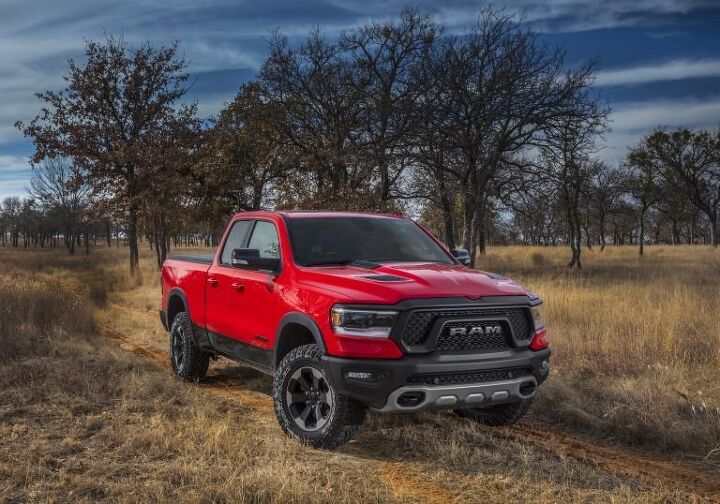

















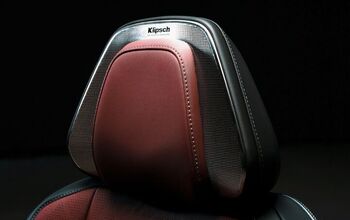

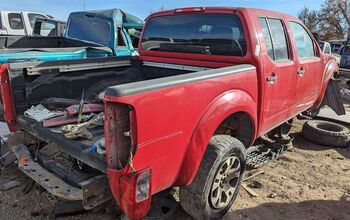


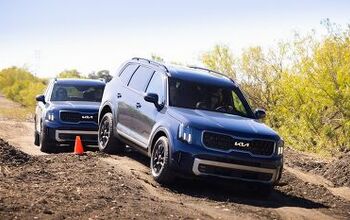
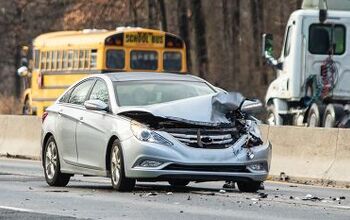
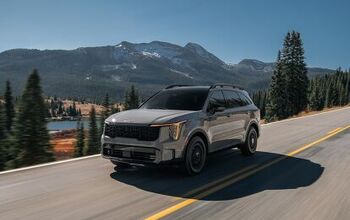

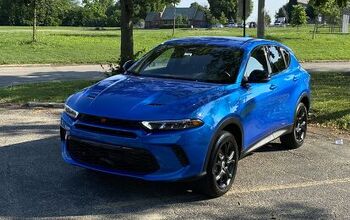
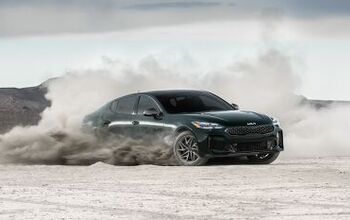


Comments
Join the conversation
April is going to be ugly. This virus will spread to the states that are in lock down further slowing sales, I would not be surprised April has fewer that 5M new car/truck sales.
So, Hank, are Dagney's Dagmars real?